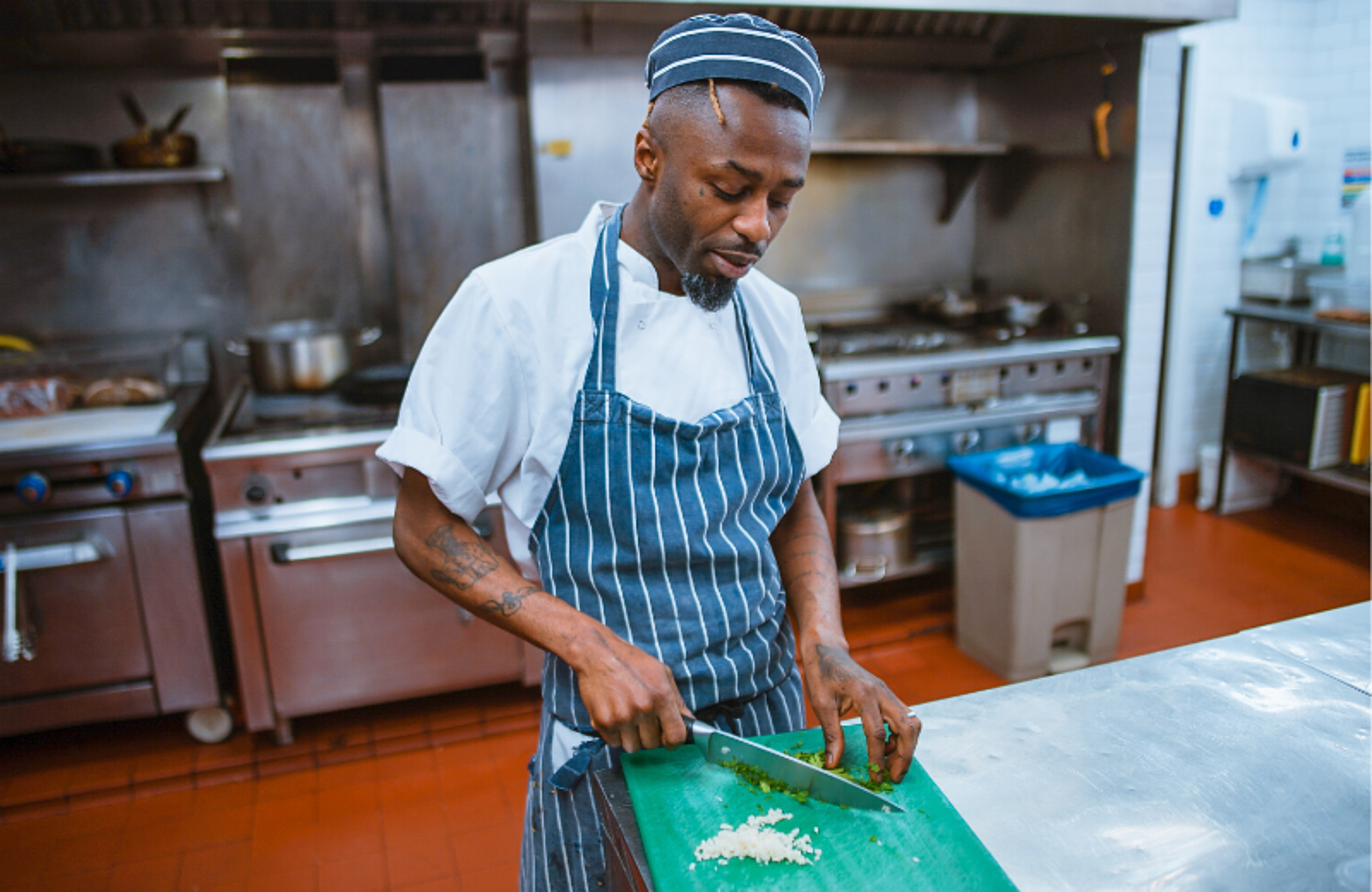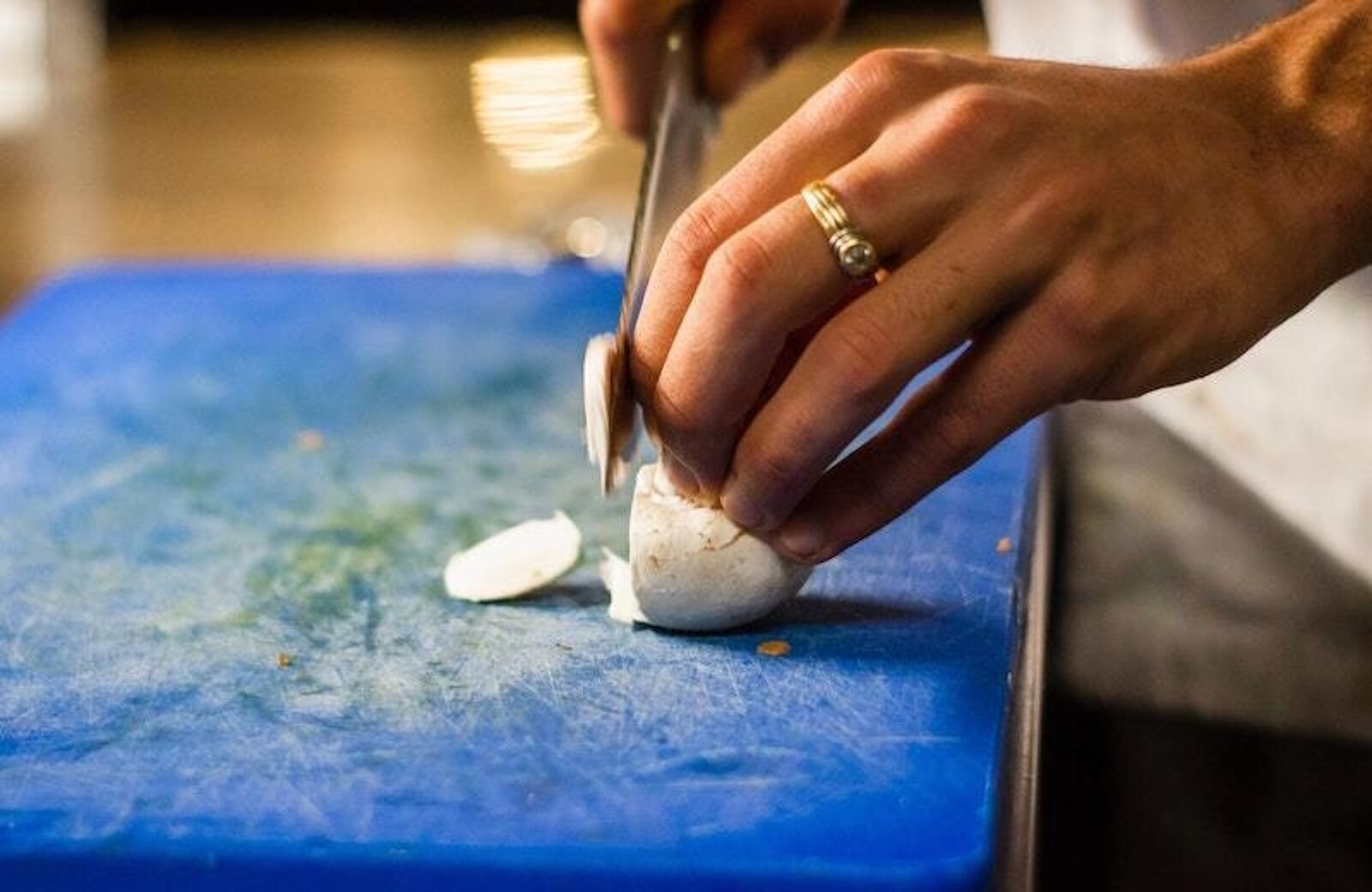How to Implement a Consistent Recipe Management Process

Justin GuinnAuthor
Consistent recipe management is a must for controlling restaurant costs and maintaining profitable menus.
If you find a dish you love at a restaurant, you’ll want it to taste the same (or better!) each time you order it. Any unmentioned alterations to the recipe — whether intentional or not — will likely leave you disappointed.
The same is true for restaurant operators when it comes to recipe costs. How can you set appropriate menu prices and forecast profits if changing ingredient costs are unaccounted for — especially amidst ingredient price volatility and ongoing food inflation.
Recipe management is a must-have for operators to achieve dish consistency, monitor and control restaurant costs, and successfully set menu prices. And recipe management software is the engine that powers it all.
Read on to learn more about recipe management, what to look for in recipe software, and recipe costing best practices.
Restaurant Operator Insights Report
See insights from real restaurant operators which can help you benchmark your current and planned restaurant technology stack against your peers as we head into 2024 and beyond.

What is recipe management and how can it help your restaurant operation?
Recipe management is the act of standardizing recipes for menu items, calculating portion and plate costs, and managing supplier cost fluctuations.
If you’re like most operators, you calculate recipe costing at the same time you create a new recipe and then never again. It’s understandable — especially if you’re not using recipe management software.
The manual process typically involves:
Listing all the recipe ingredients
Calculating the ingredient quantity and prices by factoring the unit of measure from purchased amount to serving amount
Adding up all these individual ingredient costs and factoring in labor, waste, etc.
It’s a time-consuming process when conducted manually. You can check out the calculation section of our plate costing guide to see what all it takes. There’s a ton of calculations and room for human error. And to do it right, you have to factor in updated prices from each week’s barrage of invoices.
Why have restaurants traditionally struggled with recipe management?
It’s no wonder recipe management is so often overlooked. There’s so much to account for in order to do it once, let alone factor in supplier price fluctuations.
With all of that in mind, here are three reasons you may struggle to manage your recipes:
1. Reliance on manually processing paper invoices
Manually entering data from paper invoices is typically a time-consuming endeavor.
Invoices often get lost or destroyed in the hustle and bustle of a kitchen. Without them, all of the detailed pricing information needed to update recipe costs are gone.
It’s a struggle trying to calculate plate costs when you can’t track down the price of one key ingredient — not to mention consistently calculating costs over a period of time with lost or damaged invoices.
Even if you have a reliable strategy for keeping invoices safe, processing them is incredibly tedious to do manually, or incredibly costly if you’re outsourcing.
2. Total lack of time
We all know how fast-paced and busy restaurants get. Whether you’re a manager, executive chef or other member of the team, you have a lot on your plate during any given service.
As a manager, you need to greet guests and oversee both the front and back of house, to ensure that things are always running smoothly. Especially during a busy service.
As a chef, you need to work quickly and efficiently to fulfill every order. Let’s not forget all the restaurant inventory management and prep work that needs to happen, to prepare the kitchen for future services.
Because upper-level restaurant staff is already stretched thin just to get their core work done, finding chunks of spare time for recipe management can be difficult.
3. Recipe calculations are notoriously tricky
Tracking down paper invoices to calculate recipe costs is hard. Finding the time to calculate those costs is also hard. And the process of manually calculating the cost of each recipe can be even harder.
It involves listing and costing all the ingredients for each dish across your entire menu, including prep recipes for items like bread and sauces. You have to wrestle with calculations that factor in yields, conversions, densities, and prime costs.
This process becomes even more complicated if you’re relying on old-school methods like pen, paper, and spreadsheets. Think of the data you need to input, formulas you need to build, and all the flipping between spreadsheets and invoices to verify the accuracy of your numbers and calculations — and even still you’re at the mercy of human error.
Unsurprisingly, many restaurant operators only calculate recipe costs once. And, for those who are able to soldier on, inaccurate plate costs and menu prices often become the norm because of input inaccuracy.
And for many, realizing the full extent of ongoing recipe management is more than enough reason to give up the process altogether.
How recipe management software can help control costs and manage profitability?
Recipe costing tools automate the tedious tasks required to manage costs. But they’re not all built the same. You want to make sure your recipe software is built on top of an invoice processing system.
Invoice processing tools automate the ingestion of your invoice data — not just to satisfy your accounting system needs but also to extract line-item details to keep ingredient costs updated.
With invoices data processed and ingredient prices updated, recipe software makes it easy to catalog ingredients and group them into recipes. They help you monitor individual ingredient costs changes and how they impact recipe costs.
Once you’ve achieved consistent recipe costing, you can compare those costs to your prices and track profitability across full menus and individual dishes. This comparison allows you to set profitability targets and make the necessary adjustments to hit them, whether that’s raising prices or finding a way to lower costs.
What to look for in your recipe management software
When seeking recipe management software, make sure you choose a solution that offers these core benefits:
1. Dedication to data accuracy (aka invoice automation)
Because recipe management software limits manual data entry, it minimizes error and improves accuracy.
The software should automatically factor in purchase price data for accurate profitability measures.
It should also factor in labor hours and costs per each recipe so that you get a true prime cost read out.
Density is often overlooked in recipe management, but it’s crucial for accurate calculations. For example, if you purchase an item by the pound but use it in recipes per cup, you need to account for what one cup of that item weighs.
2. Supports delicious dish consistency
Cloud-based software will help you easily create, organize, access, and share standardized recipes with all employees across all locations.
Share recipes with exact ingredient ratios and repeatable formulas down to the weight of a cup of flour, thanks to a database of ingredients and their saved data points.
A cloud-based system enables access from anywhere. This way each recipe can be made in the same way so customers can expect the same great taste from your menu, no matter which location they’re visiting or how many times they’ve had the dish before.
3. Flexible with units of measurement (UoM)
The best recipe management software should be agile, able to recognize and convert any UOM that comes through your kitchen.
Seek solutions that let you choose the most logical UoM for your recipes, so your staff is able to spend more time on cooking and less time on calculations.
Manage recipes and more with xtraCHEF by Toast
You and your team don’t have time to spend processing updated ingredient prices or making recipe calculations. If you’re looking to optimize and grow your operation, recipe management software helps get you there.
xtraCHEF by Toast provides recipe management software that’s built on invoice automation and designed to simplify your recipe costing.
You can create recipes with a simple drag-and-drop interface that pulls ingredients from your product catalog, which is automatically populated with every ingredient you’ve ever purchased via invoice processing.
Factoring in labor costs and requirements per recipe unlocks a plate-by-plate look at your restaurant prime costs. Accounting for modifiers and upsell integrations from the front-end allows you to get closer to the true cost. And including the dining channel allows you to account for takeout containers, delivery platform charges, and other sales channel alterations to calculate exact plate costs.
This just scratches the surface of what xtraCHEF by Toast can help you do.
Menu Engineering Course
Take this course to make the most of your menu. Learn about menu psychology and design, managing your menu online, and adapting your menu to increase sales.

Is this article helpful?
DISCLAIMER: This information is provided for general informational purposes only, and publication does not constitute an endorsement. Toast does not warrant the accuracy or completeness of any information, text, graphics, links, or other items contained within this content. Toast does not guarantee you will achieve any specific results if you follow any advice herein. It may be advisable for you to consult with a professional such as a lawyer, accountant, or business advisor for advice specific to your situation.






